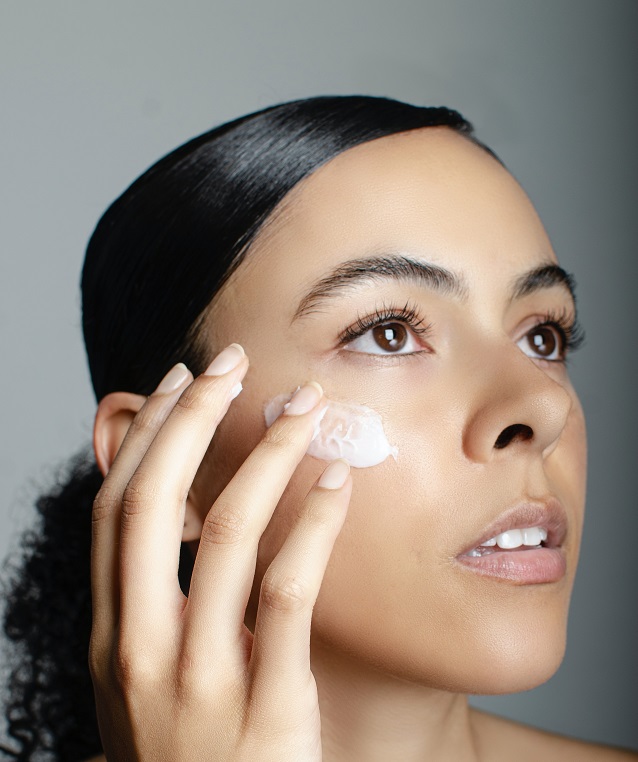What should you know about Retin-A Cream?
🖥️
What should you know about Retin-A Cream?
As we age, our skin produces less collagen, which can lead to fine lines, wrinkles, and the appearance of aging. Retin-A, also known as retinoid, reduces the appearance of fine lines and wrinkles, making you look younger.
Retin-A can also treat acne and even some precancerous lesions. Retinoic acid is the general name for Retin-A, which is derived from vitamin A.
You can buy this product in the form of Retin-A or Retinoid Cream.

Photo by Juriel Majeed on Unsplash
How Retin-A Works
The main effect of Retin-A is that your outer skin cells start to slough off, so the skin that replaces them is smoother and fresher. In addition, epidermal cells grow faster, resulting in softer, healthier skin.
Next, over a period of weeks and months, the collagen in the deeper layers of the skin will thicken and reduce fine lines and wrinkles. Note that Retin-A is also effective in treating acne, including whiteheads and blackheads, but it may take two or three months to work.
Use a retinoid cream
If you’re curious about how to use this product to reduce fine lines and wrinkles or acne, the following tips should help:
- Apply a thin layer of cream before bed; remember, you don’t need to use a lot. If you use a lot, the result won’t be faster.
- Every morning, give your face a mild scrub to cleanse the skin and reduce flaking.
- After washing your face, apply an oil-free moisturizer. Retinoid creams can dry out the skin, so adding a moisturizer is important.
- Is your skin flaking from creams? Just wipe it off with a rough towel or use more water-based moisturizer.
- Some users also try a moisturizer with sunscreen. It’s healthy to protect your skin from the sun when using products that contain retinoids.
Some users find that their skin is sensitive to Retin-A, so you should apply it every other day. The first 14 days are the hardest for most people to experience peeling and skin irritation. Once your skin gets used to retinoid, you can use it every day.
Tips When Using Retinoid Cream
When you start using the cream, keep the following details in mind.
1. It takes time
Retinoid creams can take several months to show results. Clinical studies have found impressive results after using the product for three months. Be patient and you should enjoy these benefits.
2. Healthy Habits Improve Results
Retinoic acid can help with skin aging and acne, but it won’t solve all your problems by itself! For best results, doctors recommend that you maintain other healthy skin habits.
First, you should eat a healthy diet and drink at least eight glasses of water a day. Get enough sleep and stay active.
All in all, these options will make your face look its best.
3. Best before bed
Retinoic acid loses its potency when it is exposed to sunlight. So it is recommended not to use it during the day. You should experience better results by using it at night.
The best results are likely to occur if you wait until 20 minutes before bedtime. Allow time for the product to absorb into the skin before placing your head on the pillow.
4. It doesn’t have to be used every day
If you’re concerned about itching and dryness, remind yourself that you don’t have to use retinoids every day for best results. Dermatologists often recommend using it daily, but every two or three days is fine.
These are the basics you need to know about retinoic acid creams. We hope you will try it soon with impressive results in anti-aging and clearing acne.
Keep it up Artkraft
Find more articles in our categories DIY Home & DIY Projects et encore Tips & Crafts .
Thanks for visiting we hope our article What should you know about Retin-A Cream?
, we invite you to share the article on Facebook, pinterest and e-mail with the hashtags ☑️ #RetinA #Cream ☑️!


